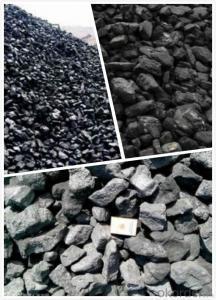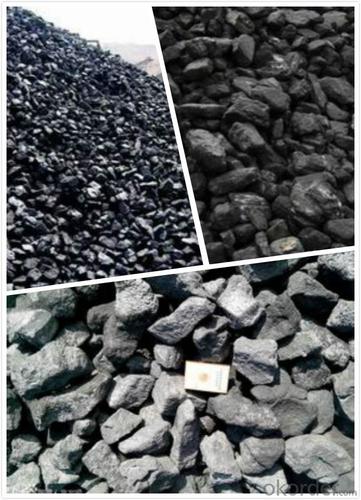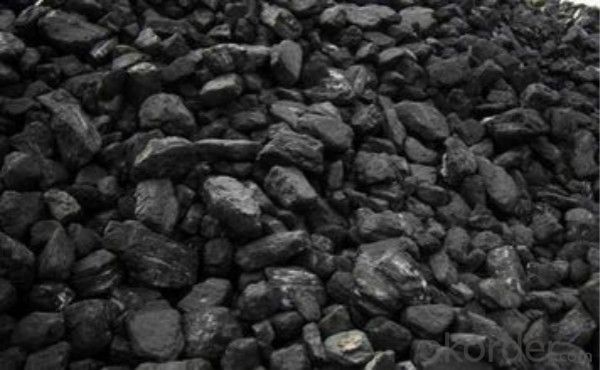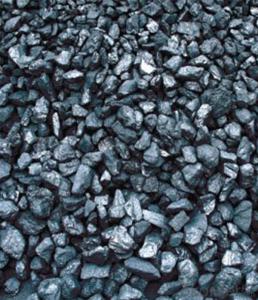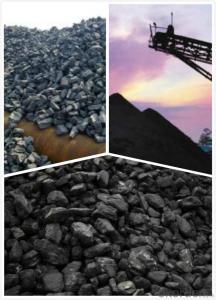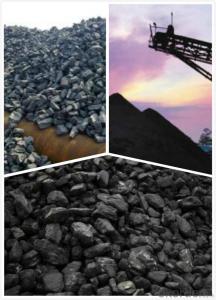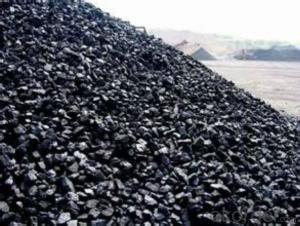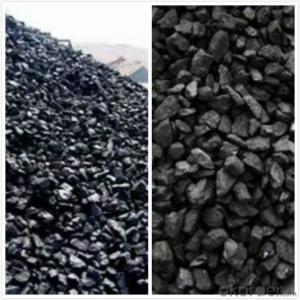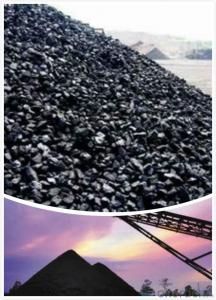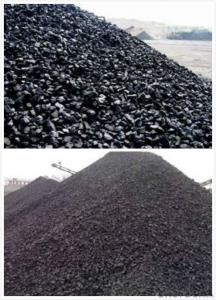60-90mm Foundry Coke of China Supplier for Furnace Charge
- Loading Port:
- Shanghai
- Payment Terms:
- TT OR LC
- Min Order Qty:
- 1200 m.t
- Supply Capability:
- 15000 m.t/month
OKorder Service Pledge
OKorder Financial Service
You Might Also Like
Product Description
Foundry Coke is one of metallurgical raw materials used for steel making.The coke handled by our couporation is made from superior coking coal of Shanxi province. Provided with the dvantages of low ash, low sulphur and high carbon.Our coke is well sold in European,American,Japanese and South-east Asian markets. Our owned Coke plant are located in Shanxi Province and supplying of you many kinds of coke.
Features
This is a special coke that is used for furnaces to produce cast and ductile iron products. It is a source of heat and also helps to maintain the required carbon content of the metal product. Foundry coke production requires lower temperatures and longer times than blast furnace coke.
Specification
Fixed Carbon | Sulphur Content | Moisture | V.Matter | Ash |
86%min | 0.7%max | 5%max | 1.2%max | 12%max |
88%min | 0.65%max | 5%max | 1.5%max | 10%max |
85%min | 0.8%max | 15%max | 2%max | 13.5%max |
Pictures
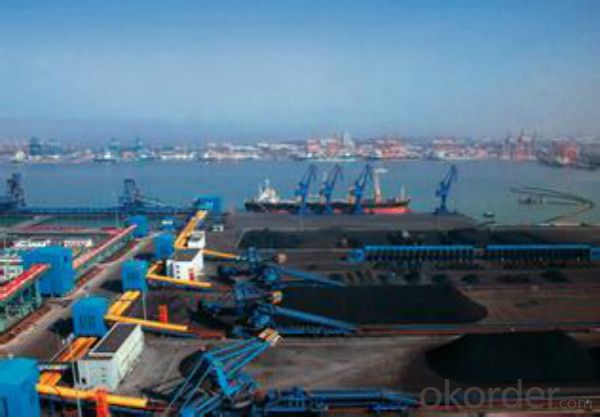
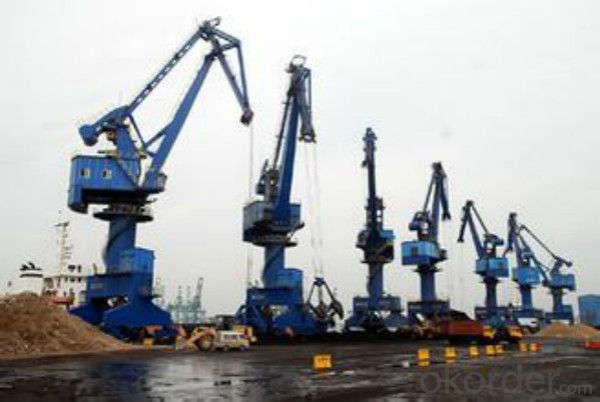
FAQ:
1 How long can we deliver the cargo?
Within 30 days after receiving the LC draft or down payment
2 Time for after-sales?
1 year.
3 Payment terms?
D/P, L/C, T/T with downpayment
- Q: How is carbon used in the electronics industry?
- The electronics industry utilizes carbon in various ways. Carbon is commonly used to produce carbon-based materials like carbon nanotubes and graphene, which have distinctive properties that make them ideal for electronic devices. Carbon nanotubes, for instance, are cylindrical structures formed by arranging carbon atoms in a tube-like fashion. They possess excellent electrical conductivity, thermal conductivity, and mechanical strength. These attributes make them valuable in electronic applications such as transistors, sensors, and batteries. By using carbon nanotubes, smaller and more efficient electronic components can be created, resulting in smaller, faster, and more powerful devices. On the other hand, graphene is a single layer of carbon atoms arranged in a two-dimensional lattice. It exhibits exceptional conductivity of electricity and heat, as well as remarkable mechanical strength. These properties make it suitable for applications like flexible displays, touchscreens, and energy storage devices. The use of graphene-based electronics has the potential to revolutionize the industry by enabling the integration of flexible and transparent devices into various surfaces and objects. Moreover, carbon is employed in the production of carbon-based resistors and electrodes. Carbon resistors are commonly used in electronic circuits to regulate the flow of current. They provide stable and predictable resistance, ensuring the proper functioning of electronic devices. Carbon electrodes, on the other hand, enable the flow of electrical charge in batteries, fuel cells, and capacitors. Additionally, carbon plays a crucial role in the manufacturing of printed circuit boards (PCBs), which are essential components in electronic devices. PCBs provide a platform for interconnecting various electronic components. Carbon is utilized as a conductive ink in the fabrication of PCBs, allowing for the creation of intricate circuit patterns. In conclusion, carbon is an indispensable element in the electronics industry. Its unique properties enable the development of advanced materials and components that enhance the performance and functionality of electronic devices. From carbon nanotubes and graphene to resistors and electrodes, carbon-based materials are shaping the future of electronics by enabling smaller, faster, and more efficient devices.
- Q: How does carbon impact the prevalence of tsunamis?
- The prevalence of tsunamis is not directly impacted by carbon dioxide. Tsunamis primarily occur due to undersea earthquakes, volcanic eruptions, or underwater landslides. These events release massive amounts of energy into the water, creating powerful waves that can travel across the ocean and cause devastating destruction upon reaching the coast. Although tsunamis are not directly caused by carbon dioxide emissions, there is a connection to climate change, which can indirectly influence the frequency and impact of these natural disasters. The increased levels of carbon dioxide and other greenhouse gases in the atmosphere contribute to global warming, resulting in the rise of sea levels. As the sea levels rise, coastal areas become more susceptible to the destructive force of tsunamis, as the waves can penetrate further inland. Additionally, climate change can also have an impact on the frequency and intensity of extreme weather events like hurricanes and tropical storms. These weather patterns can trigger underwater landslides or increase the likelihood of volcanic eruptions, both of which can lead to the occurrence of tsunamis. In conclusion, while carbon dioxide emissions do not directly cause tsunamis, they do play a role within the broader context of climate change. This indirect impact can result in rising sea levels and the potential for more frequent extreme weather events, ultimately affecting the prevalence and impact of tsunamis.
- Q: What is the carbon emission of the air conditioner?
- Summer, less air-conditioning, 1 hours to reduce carbon emissions of 0.621kg, the action of the low carbon family is not how much money you need to pay, but to change some of your habits and habits, and contribute to environmental protection. Hand in hand to join hands to tackle climate warming, perhaps our hearts will be less worried about the future......
- Q: What is the difference in carbon content of low carbon steel, medium carbon steel and high carbon steel?
- The carbon content of medium carbon steel (AISI1029 to 1053) is 0.25% to 0.55%, manganese content is 0.30% to 1%, phosphorus content is not more than 0.04%, sulfur content is not more than 0.05%.
- Q: How does carbon contribute to air pollution?
- Air pollution is primarily caused by carbon, which emits carbon dioxide (CO2) and carbon monoxide (CO) into the atmosphere. The burning of fossil fuels like coal, oil, and natural gas releases large quantities of carbon dioxide, a greenhouse gas responsible for global warming and climate change. This excess CO2 traps heat in the atmosphere, resulting in the greenhouse effect and a subsequent increase in global temperatures. Moreover, incomplete combustion of fossil fuels and biomass can release carbon monoxide, a toxic gas with harmful effects on human health. Carbon monoxide is especially dangerous because it binds to hemoglobin in the blood, reducing its ability to carry oxygen and potentially causing asphyxiation. Furthermore, carbon-containing compounds, such as volatile organic compounds (VOCs), also contribute to air pollution. These VOCs are released from various sources, including industrial processes, vehicle emissions, and the use of solvents in paints and cleaning products. When these compounds react with other pollutants in the atmosphere, they form ground-level ozone, a major component of smog. Inhaling ozone can lead to respiratory issues, eye irritation, and other health problems. In summary, carbon plays a significant role in air pollution by emitting carbon dioxide, carbon monoxide, and volatile organic compounds. These pollutants have profound impacts on climate change, human health, and the overall quality of the air we breathe. It is crucial to reduce carbon emissions and adopt sustainable practices to mitigate the adverse effects of carbon on air pollution.
- Q: What are the impacts of carbon emissions on indigenous communities?
- Carbon emissions have significant impacts on indigenous communities, not only in terms of their environment but also their culture, health, and overall well-being. One of the most direct consequences is the degradation of their traditional lands and natural resources. Indigenous communities often rely on these resources for their livelihoods, including hunting, fishing, and agriculture. Increased carbon emissions contribute to climate change, leading to changes in temperature, weather patterns, and ecosystems, which can disrupt the delicate balance of their ecosystems and make it more difficult for them to sustain their way of life. The loss of traditional lands and resources can also have profound cultural impacts on indigenous communities. For many indigenous peoples, their connection to the land is deeply rooted in their identity and spirituality. When their lands are degraded or destroyed due to carbon emissions, it can lead to the erosion of their cultural practices, knowledge, and traditions. This loss of cultural heritage not only affects indigenous communities but also the broader global society, as their unique knowledge about sustainable land management and conservation practices can offer valuable insights for addressing climate change and protecting our planet. Furthermore, carbon emissions contribute to air pollution, which can have severe health impacts on indigenous communities. Many indigenous communities are located near industrial facilities or fossil fuel extraction sites, resulting in increased exposure to pollutants such as particulate matter, sulfur dioxide, and nitrogen oxides. These pollutants can cause respiratory illnesses, cardiovascular diseases, and other health issues, disproportionately affecting the most vulnerable members of these communities, including children and the elderly. In addition to the immediate health impacts, the long-term consequences of carbon emissions, such as rising sea levels and extreme weather events, further threaten the existence of indigenous communities. Many indigenous communities inhabit low-lying coastal areas or remote regions that are more susceptible to the effects of climate change, including coastal erosion, flooding, and loss of traditional food sources. These changes not only disrupt their way of life but also force them to consider relocation, which often leads to the loss of their cultural identity and connection to their ancestral lands. Addressing carbon emissions and mitigating climate change is crucial for the well-being and survival of indigenous communities. It requires recognizing their rights to their traditional lands, resources, and self-determination, as well as involving them in decision-making processes concerning environmental conservation. Supporting sustainable development projects that prioritize local needs and indigenous knowledge can help foster resilient communities that can adapt to the changing climate. Ultimately, by reducing carbon emissions and protecting the environment, we can help preserve the cultural diversity and invaluable contributions of indigenous communities for generations to come.
- Q: How does carbon affect the formation of landslides?
- Carbon does not directly affect the formation of landslides. Landslides are primarily triggered by natural factors such as heavy rainfall, earthquakes, or volcanic activity, or by human activities such as deforestation or construction. However, carbon indirectly plays a role in landslides through its impact on the environment. Excessive carbon dioxide (CO2) emissions, primarily caused by human activities such as burning fossil fuels and deforestation, contribute to climate change. Climate change leads to more frequent and intense rainfall events, which can increase the likelihood of landslides. Increased rainfall can saturate the soil, making it heavier and more prone to sliding, especially on steep slopes. Another way carbon can indirectly affect landslides is through deforestation. Trees play a crucial role in stabilizing slopes by anchoring the soil with their root systems. When forests are cleared for agriculture, urbanization, or logging, the loss of tree cover weakens the soil's stability and increases the risk of landslides. Additionally, the removal of vegetation reduces the absorption of rainfall, leading to increased surface runoff and erosion, further destabilizing slopes and making them more susceptible to landslides. In conclusion, while carbon itself does not directly cause landslides, its impact on climate change and deforestation can indirectly contribute to the occurrence and severity of landslides. It is important to address carbon emissions and promote sustainable land management practices to mitigate the risk of landslides and maintain the stability of slopes.
- Q: What kinds of carbon black paper do you have?
- Classification of weights:Carbon free carbon paper has 45g/m2CB paper, 47g/m2CF paper and 52g/m2CFB paper according to quantitative. Carbon free carbon paper is divided into 80 parts: 48, 50 and 80: 52: below: 47 and 2.55-60 grams for office reports, receipts, delivery orders, delivery lists, etc..Two. Classification of specifications:Carbon free carbon paper can be divided into web (rools) and paperboard (sheets) according to specifications. The width of the web can range from 160mm to 1940mm, and the size of the flat paper can range from 420mm*530mm to 1420mm*1420mm.
- Q: What is carbon dating and how does it work?
- The age of organic materials, like wood, cloth, and bone, can be determined using carbon dating, a scientific method. This method measures the quantity of carbon-14 (C-14) present in the sample. It is based on the principle that all living organisms contain a small amount of radioactive carbon-14, which is created in the upper atmosphere when nitrogen atoms are hit by cosmic rays. Over time, this radioactive form of carbon decays and transforms into nitrogen-14. To begin the process of carbon dating, a sample is collected from the object of interest. Typically, this sample consists of organic matter that was once part of a living organism. The sample is then treated to remove any impurities and made ready for analysis. Scientists measure the ratio of C-14 to stable carbon-12 (C-12) in the sample to determine its age. This measurement is carried out using an accelerator mass spectrometer (AMS), an instrument with high sensitivity that can detect and measure extremely low levels of C-14. By comparing the ratio of C-14 to C-12 in the sample with the known ratio in the atmosphere at the time the organism died, scientists can calculate the time that has passed since the organism's death. The half-life of C-14, which is the time it takes for half of the radioactive isotope to decay, is approximately 5,730 years. This means that after 5,730 years, half of the C-14 in a sample will have transformed into nitrogen-14. By measuring the remaining amount of C-14 in a sample and knowing its half-life, scientists can estimate its age. Carbon dating is an invaluable tool for archaeologists, paleontologists, and geologists as it enables them to accurately determine the age of ancient artifacts, fossils, and geological formations. However, it is important to note that carbon dating is effective only for materials up to around 50,000 years old since beyond this point, the remaining amount of C-14 becomes too small to measure accurately.
- Q: What is carbon dating?
- Carbon dating is a scientific method used to determine the age of ancient artifacts or fossils by measuring the amount of carbon-14 remaining in them.
Send your message to us
60-90mm Foundry Coke of China Supplier for Furnace Charge
- Loading Port:
- Shanghai
- Payment Terms:
- TT OR LC
- Min Order Qty:
- 1200 m.t
- Supply Capability:
- 15000 m.t/month
OKorder Service Pledge
OKorder Financial Service
Similar products
Hot products
Hot Searches
